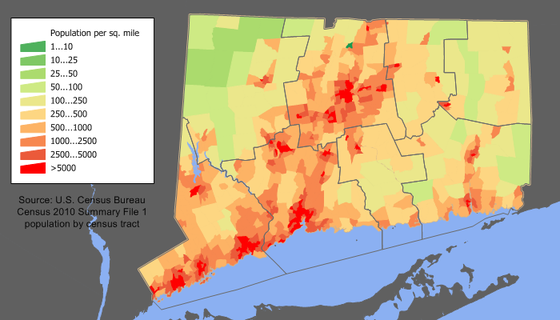Claudia Goldin
SOMERVILLE, Mass.
The award of any Nobel Prize is an invitation to go prowling through the past. In the case of Claudia Goldin, of Harvard University, born in 1946, the history on offer is that of an entire generation – not just one crucial generation, in fact, but three. Hers is the first fifty-year career by a woman in major league economic research since that of Joan Robinson (1903-1983). Perhaps not since John Nash shared the prize, in 1994, has a single life in economics been so intricately connected to the context of its times as that of Goldin.
Calling Sylvia Nasar, author of the Nash biography, A Beautiful Mind!
For one thing, Goldin is a third-generation Nobel laureate. She wrote her dissertation under the direction of economic historian Robert Fogel, of the University of Chicago, who wrote his under Simon Kuznets, of Johns Hopkins University (in Goldin’s case, with significant influence by labor theorist Gary Becker as well.)
For another, she lived the full University of Chicago experience, before escaping to a place of her own. Some years ago, she told Douglas Clement, of the Federal Reserve Bank of Minneapolis, that her Cornell undergraduate mentor, Fred Kahn (who later became Jimmy Carter’s economic adviser), discouraged her from going.
“When I went to Cornell, the room that I entered was filled with paintings and good food. But Chicago was a castle, a completely different universe. I walked in and realized, once again, that I knew nothing. Now I knew absolutely nothing.… [She had gone to study industrial organization with George Stigler.] And then Gary [Becker] arrived, and once again I realized that the world of economics was much larger than I had thought. Gary was doing brilliant work on many different issues that I would call the economics of social forces. And then, to make things even better, I met Bob Fogel … [who] mesmerized me with economic history, and that combined my liberal arts junkie taste with my more rigorous math sensibilities.”
There followed twenty years of professional turbulence. After top-tier Chicago, she spent two years at third-tier Wisconsin, followed by six years in a top-ranked Princeton department, before settling down to tenure at the second-tier University of Pennsylvania. These were years when the Committee on the Status of Women in the Economics Profession was organizing, decades in which women began going to law and medical schools in significant numbers, but advances came much more slowly in economics.
Goldin’s major phase began in 1990, when she was appointed Harvard’s first tenured female professor of economics. She published Understanding the Gender Gap: An Economic History of American Women the same year, and was named director of the program on the Development of the American Economy of the National Bureau of Economic Research. Since then, nobody has written more thoughtfully and imaginatively about the myriad economic complexities of female gender in and out of the labor force, culminating in Career & Family: Women’s Century-Long Journey toward Equity (Princeton, 2021).
There is, as well, a love story. Goldin married her fellow Harvard economist Lawrence Katz, a labor economist. Over the course of several years, the pair produced an important and heavily documented study of the rise of the high-school movement in the United States in the late 19th Century, designed to prepare workers for an emerging industrial economy. The Race between Education and Technology Society (Harvard Belknap, 2009) is routinely cited among their most enduring contributions. In most respects, Katz is not a trailing spouse; earlier this month he was elected president of the American Economic Association.
Peter Fredriksson, of the University of Uppsala, a member of the committee that recommended the prize to Goldin, described last week several years of hard work as committee members untangling one contribution from the many others that warranted recognition. In the end, he said, they settled on the combination of economic history and labor economics that produced a U-shaped portrait of the changing trade-off between careers and family. Per Kussell, professor at Stockholm University and secretary to of the committee, emphasized “The prize is not the person, it’s for the work.”
Yet in this case, the person is equally interesting. I don’t know any of the details. But I am fairly certain Goldin’s is an unusually good story. Her prize was overdetermined, in that it was awarded for many overlapping reasons. For more than a decade it was understood that it eventually would be given. Better sooner than later. It makes a fitting climax to the story of one generation and the rising of the of the next.
David Warsh, a veteran columnist and an economic historian, is proprietor of economicprincipals.com, where this essay originated.

















